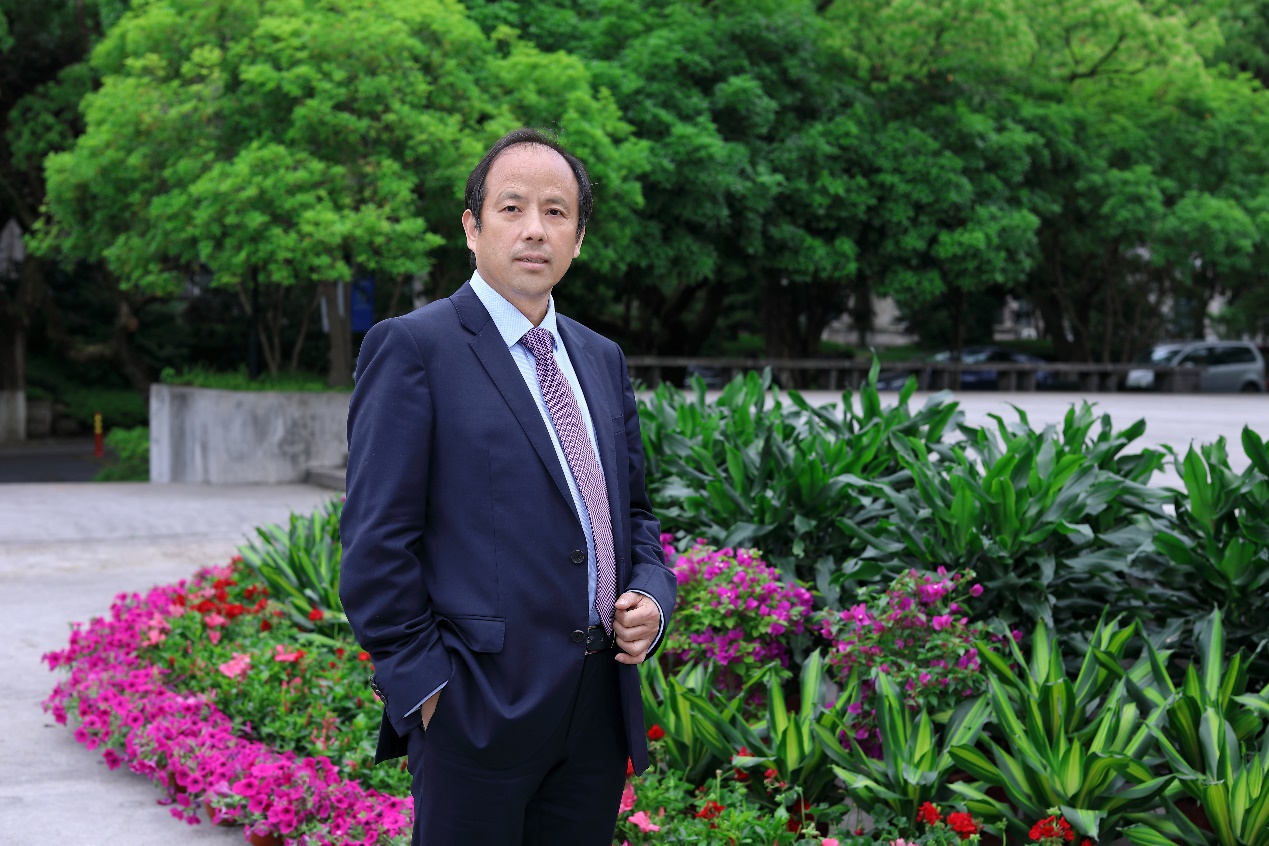
Prof. Yang Huayong,
Academician of the Chinese Academy of Engineering;
Chairman of International Coalition of Intelligent Manufacturing.
Biography:
Prof. Huayong Yang received his B.Sc. from Huazhong University of Science and Technology, China in 1982 and Ph.D. degree from University of Bath in 1988. He has been with Zhejiang University since 1989, and was made a full professor in 1996. He is currently the dean of Faculty of Engineering Zhejiang University, and the director of State Key Lab of Fluid Power Components and Mechatronic Systems Zhejiang University. He also severs as the editor-in-chief of the journal Bio-Design and Manufacturing. Prof.Huayong Yang was elected as a member of the Chinese Academy of Engineering in 2013. He was awarded Joseph Bramah Medal of IMechE UK in 2017. He is also the recipient of the 2021 Robert E. Koski Medal from the American Society of Mechanical Engineers (ASME). He holds more than 200 invention patents and published authored over 300 peer reviewed journal papers. His research interests are in motion control and energy saving of mechatronic systems, development of fluid power component and system, integration of electro-hydraulic system and engineering applications, 3D bioprinting and intelligent manufacturing.
Keynote address: Development of inspection and replacement robots for excavation tools of Tunnel Boring Machine(TBM)
As of the end of 2022, there are 55 cities in mainland China with a total of 308 operational urban rail transit lines, spanning over 10,000 kilometers in total length. The estimated total length of urban rail transit operating lines is expected to reach 13,000 kilometers by the end of the "14th Five-Year Plan" period, with the potential to cover more than 60 cities. The enormous market demand has raised higher requirements for the construction efficiency and safety of Tunnel Boring Machine (TBM). Due to the harsh and confined environment in which the cutter head of the TBM operates, conventional methods are difficult to use for accurately inspecting and replacing the excavation tools. Our goal is to utilize robotised maintenance to replace manual inspection and replacement of TBM excavation tools, which will greatly improve the productivity of the TBM by reducing its idle time.
In this report, Professor Yang Huayong will introduce the TBM robotised maintenance system including snake-like inspection robot and heavy load excavation tools replacement robot. The structural design, dynamic model, high-precision control algorithm, and protective technology of the snake-like robot working in the high-temperature, high-pressure, and high-humidity environments will be introduced in detail. The TBM excavation tools inspection & replacement robots have successfully passed the high-humidity and 2MPa high-pressure tests, making it the first TBM robotised maintenance system capable of operating in high-water-pressure and deep-burial tunnel construction. Additionally, the snake-like inspection robot and heavy load excavation tools replacement robot has been successfully applied on the "Pioneer II" TBM in the Shenzhen Airport subway tunnel project, which validates the reliability of the robots' design and the effectiveness of excavation tools inspection and replacement.
Cable-driven snake-like robots, with their high flexibility, wide range of motion, and strong obstacle avoidance capabilities, are particularly suitable for operations in complex and narrow spaces. Therefore, using snake-like robot capable of working in high-pressure and high-humidity environments for cleaning and inspecting excavation tools can analyse the wear condition of the excavation tools, reduce the risk of manual entry, and greatly improve the construction efficiency and safety level of the TBMs.